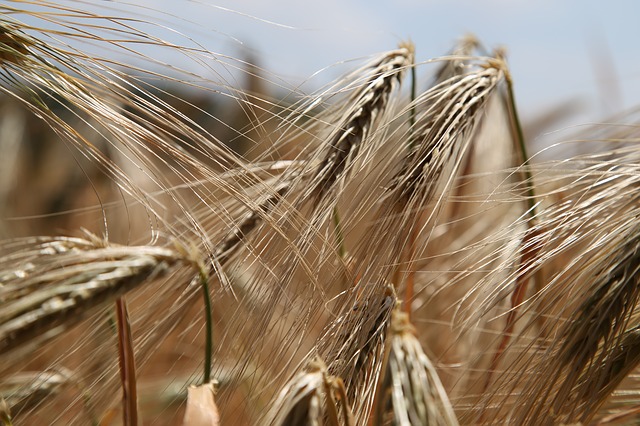 What is Gluten?
What is Gluten?
Gluten is a protein substance that is found in cereal grains like wheat, kamut, spelt, rye, barley and most oats. Is has a glue-like quality that helps baked goods stick together and gives bread a fluffy texture. Commercial producers of bread, pasta, and other bakery products like to use grains that contain gluten in their baked goods because it is the most well known. Gluten can also be found in other products hidden in the ingredients list with names such as:
- Glucose (which is a sugar that can be derived from gluten.)
- Vitamin E (which can be derived from gluten grains.)
- Modified food starch (which usually comes from wheat.)
- Natural Flavorings (especially caramel which usually comes from barley.)
- Maltodextrin (which usually comes from wheat.)
Why Does It Cause Problems For Some?
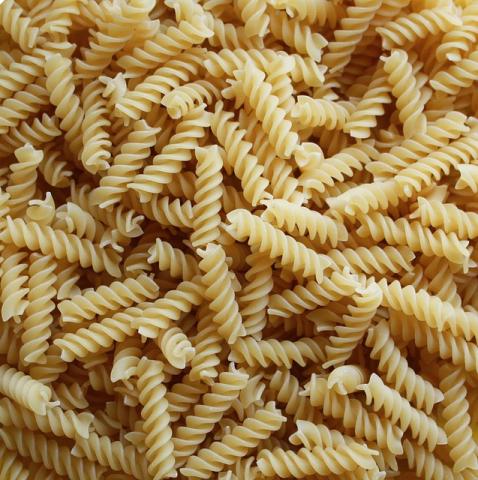 Gluten can cause a whole host of problems such as Keratosis Pilaris, digestive upset, nutrient deficiencies, autoimmune disorders, mood disorders, dark circles under your eyes, brain fog, migraines and headaches, Chronic Fatigue, Fibromyalgia, as well as painful swollen joints.
Gluten can cause a whole host of problems such as Keratosis Pilaris, digestive upset, nutrient deficiencies, autoimmune disorders, mood disorders, dark circles under your eyes, brain fog, migraines and headaches, Chronic Fatigue, Fibromyalgia, as well as painful swollen joints.
Gluten can also increase the amount of inflammation in your body, along with other foods. If gluten is not tolerated well by your digestive system it will cause damage to your intestines, and then the proteins can leak out into your bloodstream where they are not supposed to be. These rogue proteins cause inflammation and worsen pain.
Conventional crops that contain gluten are often sprayed with chemicals that can also irritate the intestines and are bad for our bodies. These chemicals can also create inflammation in the body since they are hard for the body to eliminate and detoxify from. Eating organic foods will eliminate this factor. If you are sensitive to gluten, then eating organic and gluten-free is even better for you.
What Can You Eat Instead?
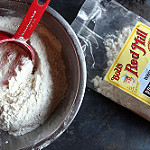 There are many products on the market now that do not contain gluten and taste just as delicious as their gluten-containing counterparts. There are different types of breads, pastas, baked sweets, pies, taco shells, burrito wraps, and other things. You can also buy gluten-free flours at your local grocery store to make your own delicious treats at home. Or you can make your own flour mix from different grain flours to perfect the flavor you want.
There are many products on the market now that do not contain gluten and taste just as delicious as their gluten-containing counterparts. There are different types of breads, pastas, baked sweets, pies, taco shells, burrito wraps, and other things. You can also buy gluten-free flours at your local grocery store to make your own delicious treats at home. Or you can make your own flour mix from different grain flours to perfect the flavor you want.
Gluten-free products use different grains and seeds in their products instead of the traditional grains that contain gluten. These include rice, corn, quinoa, millet, buckwheat (which 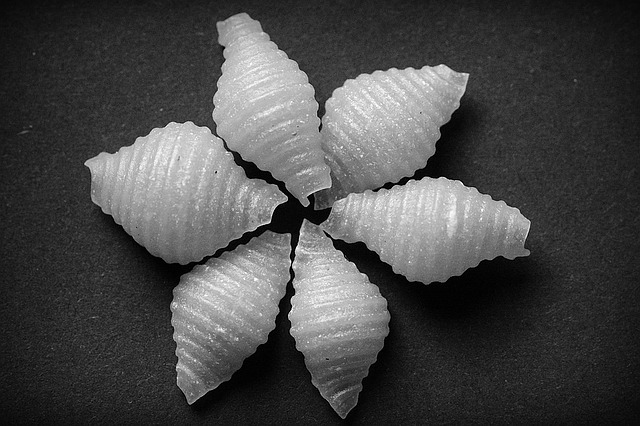 does not contain gluten despite the word “wheat” in its name), potato starch, or legume flours (chickpeas, peas, beans, and lentils.) When baking without gluten you will need to add something to your recipe to make the flour stick together. Depending on the item you are making, you can use ingredients such as potato starch, tapioca starch, or arrowroot, to replace the sticky gluten that holds the food together. The final result is yummy! You might still miss gluten, but you don’t have to sacrifice when it comes to flavor!
does not contain gluten despite the word “wheat” in its name), potato starch, or legume flours (chickpeas, peas, beans, and lentils.) When baking without gluten you will need to add something to your recipe to make the flour stick together. Depending on the item you are making, you can use ingredients such as potato starch, tapioca starch, or arrowroot, to replace the sticky gluten that holds the food together. The final result is yummy! You might still miss gluten, but you don’t have to sacrifice when it comes to flavor!
Final Thoughts
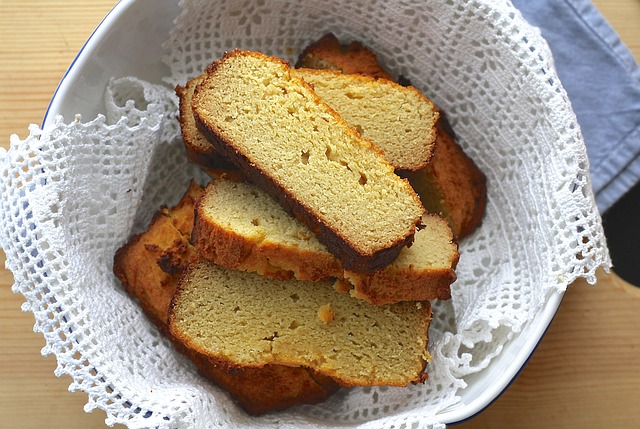 Ditching the gluten is a worthwhile effort when trying to control pain and reduce inflammation. Those with conditions like fibromyalgia, arthritis, back pain, Runner's Knee, Lupus, or Gout should strongly consider ditching gluten to see if there is a reduction in the amount of pain you regularly endure. Reducing the inflammation in your body that could be caused by gluten will help to reduce the overall pain level in your body.
Ditching the gluten is a worthwhile effort when trying to control pain and reduce inflammation. Those with conditions like fibromyalgia, arthritis, back pain, Runner's Knee, Lupus, or Gout should strongly consider ditching gluten to see if there is a reduction in the amount of pain you regularly endure. Reducing the inflammation in your body that could be caused by gluten will help to reduce the overall pain level in your body.
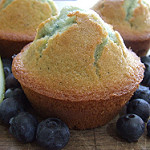 It takes about six weeks for the protein in the gluten you are eating to leave your bloodstream, so make sure you give it ample time before deciding whether or not eliminating it was helpful in your individual circumstance. And remember, going gluten-free does not mean you need to sacrifice eating delicious foods. There are lots of substitute products out there, and many new recipes to try. The 3 images in this section are all made gluten-free! This could be an adventure that your body will thank you for in the long run! Have fun with it and enjoy cooking!
It takes about six weeks for the protein in the gluten you are eating to leave your bloodstream, so make sure you give it ample time before deciding whether or not eliminating it was helpful in your individual circumstance. And remember, going gluten-free does not mean you need to sacrifice eating delicious foods. There are lots of substitute products out there, and many new recipes to try. The 3 images in this section are all made gluten-free! This could be an adventure that your body will thank you for in the long run! Have fun with it and enjoy cooking!
Re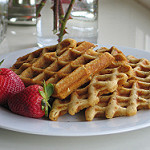 member that eating any type of refined product, like breads and pastas, isn’t good for your waistline whether it contains gluten or not. Eating whole plant foods as the bulk of your diet will be your best bet for optimum health. Eating things like breads and pastas on the side is okay in small amounts.
member that eating any type of refined product, like breads and pastas, isn’t good for your waistline whether it contains gluten or not. Eating whole plant foods as the bulk of your diet will be your best bet for optimum health. Eating things like breads and pastas on the side is okay in small amounts.
Making changes can be tricky, but the benefits will be worth it!
We would love to hear if you have tried going gluten-free. Did it improve your inflammation or pain? Tell us about it in the comments section! Or, if you have a favorite gluten-free recipe, feel free to share it!!
To Read About Eating to Reduce Pain from Arthritis, (Click Here)
You can check out our articles and infographics to learn a multitude of ways to start relieving your pain naturally!
At Real Time Pain Relief, we not only care about the quality ingredients that go into each and every one of our products – but also about the people who buy them. We hope this blog, and the articles posted on it, become a valued resource for your own personal journey to better health. We know natural products that reduce your pain at the source are important to you, and for more than 17 years, our Real Time Pain Relief rub-on has been providing fast acting, targeted pain relief with natural ingredients to thousands of satisfied customers. From the useful information on this blog to our high-quality natural products, we hope you become one of the thousands of customers telling us they “Enjoy Living Again!”
Photo Credits:
Brown Rice Flour Picture by Andrea Nguyen from Flickr, no changes made. https://creativecommons.org/licenses/by/2.0/
Gluten-Free Blueberry Lemon Muffin Picture by Cassidy from Flickr, no changes made. https://creativecommons.org/licenses/by/2.0/
Gluten-Free Waffles by jenn.b from Flickr, no changes made. https://creativecommons.org/licenses/by/2.0/
Sources for this post:
- Wheat Belly by William Davis MD
- Against All Grain by Danielle Walker
- The Healthy Gluten Free Life by Tammy Credicott
- Log in to post comments

